In the heart of the city of Suez, where the scent of the sea mingles with the fragrance of history and resistance, one of Egypt’s most prominent artistic groups was born: The Suez Folk Instruments Band, which has taken on the task of reviving and preserving the folk artistic heritage, led by the sesame instrument, the city’s symbol and musical icon.
The band was founded as part of the efforts of the General Authority for Cultural Palaces to preserve local heritage, but it quickly turned into a real school that produced some of the most renowned sesame players and singers in Egypt.
The sesame… the enchanting instrument of Suez
The sesame is not just a musical instrument, but a mirror of the city’s soul. It began as a traditional instrument played at festivals and on beaches. But in Suez, it took on a different character. It became a companion in struggle, singing of resistance, heroism, loss, and joy. The instrument became closely linked to the popular consciousness. It became part of the collective memory of the people of Suez, especially during times of war.
In this context, the Suez Folk Instruments Band played a pivotal role in reintroducing the samsamiya to new generations, not only as a musical instrument, but also as a means of expressing identity and belonging.
A beacon of talent… One generation passes it on to the next
One of the most distinctive features of the Suez Folk Instruments Band is its educational and artistic approach based on intergenerational transmission. It does not rely solely on adults or professionals, but opens its doors to all ages and talents, from children to the elderly. The band’s unspoken motto is: “Everyone passes it on to everyone… and one generation passes it on to the next.”
Today, the band has about 30 members of different ages. Among them is the youngest bumbouti player and performer, the talented child Mohamed Osama, who has become a familiar face at major cultural events. This demonstrates the band’s success in instilling a love of art and heritage from an early age.
The band is led by artist Ahmed Adawiya, who is considered one of the pillars of contemporary samsimia. He is not only an artistic leader, but also has extensive experience and a unique talent for composing and arranging folk melodies inspired by the city’s soul. He has managed to unite the group and develop its collective performance, while preserving the spirit of simplicity and spontaneity that characterizes the folk music of Suez.
Bamboutia: dances of the sea and features of authenticity
In addition to the samsimia, the Suez band is interested in reviving the bamboutia dances. These are a type of folk performance associated with the culture of the port and the sea. These dances express the nature of the life of the bamboutia, who used to welcome ships and sell gifts and souvenirs to passengers.
They perform their lively folk songs.
The troupe includes a number of performers who specialize in this art, giving their performances a complete visual and musical character.
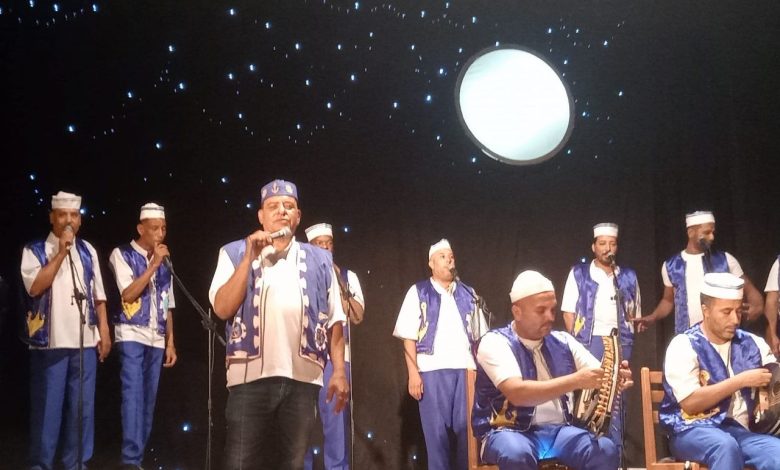
The colors of Suez… A unified visual identity
What catches the eye in any performance by the Suez Folk Instruments Band is their uniform, which bears the traditional colors of the city: blue and white. Blue symbolizes the sea and freedom, while white symbolizes purity and peace. These are profound symbols that reflect the spirit of the city and its rich history.
These costumes are an essential part of the performances. They are not only aesthetically pleasing, but also reinforce the sense of belonging and shared identity among the members of the band.
Local and national participation
The troupe’s activities are not limited to local performances, but also represent the culture of Suez in many competitions and art festivals throughout the country.
It has won awards and certificates of appreciation on more than one occasion, most notably for its participation in the National Sesame Festival and the Ismailia Festival of Folk Arts. It also participates in other events that honor traditional arts.
Continuous cultural role
In addition to artistic performances, the band participates in major community and national events, such as the October 6 celebrations, the liberation of Sinai, and the Suez Canal celebrations. It also offers workshops for children and young people in cultural centers and schools, with the aim of spreading musical heritage and raising awareness of its importance.
At a time when traditional arts are in danger of disappearing, the Suez Folk Instruments Band is a successful example of preserving identity through art and passing it on to future generations in a modern spirit without losing its authenticity.
Every time the samsimia is played on stage or in a public square, the spirit of Suez emanates from the melody. There, where melodies mingle with the sounds of the waves, the songs of ancestors echo in the voices of their descendants. The Suez Folk Instruments Band affirms that heritage is not just a past to be celebrated, but a living present that is sung, danced, and lived every day.
Ahmed Adawiya: From student to leader
Artist Ahmed Adawiya, leader of the Suez Folk Instruments Band, told Bab Masr – Bahri that he joined the band in 1980. This was his real starting point in the world of folk art.
He received his artistic training from the great artist Mohamed Farag, who was leading the band at the time, and gained a wealth of artistic experience that helped him hone his talent. Adawiya confirmed that the band has participated in many artistic forums and major festivals, most notably the Red Sea Festival, which saw the participation of many countries.
In addition to cultural events and occasions that represent the identity of Suez and its distinctive folk heritage.
He added that the Suez Folk Instruments Band is the main incubator for most of the city’s samsimia artists. He pointed out that “99% of samsimia artists started out with this band.” This reflects its prominent role in preserving this traditional art and introducing it to new generations.
The Suez Folk Instruments Band: A Talent Factory
Regarding his future vision for the band, artist Ahmed Adawi explained that since taking over its leadership, he has had high aspirations for its development at all levels. This includes increasing the number of members and introducing new musical instruments that support the group’s heritage and open the door to artistic innovation.
He noted that his ambition does not stop at the borders of the governorate, but extends to raising the name of Suez artistically at the national level and beyond. This will be achieved by reviving the folk heritage in a modern spirit that preserves authenticity and keeps pace with development.
Mohamed Osama… the youngest fan of the sesame
Mohamed Osama shines as the youngest member of the Suez Folk Instruments Band. His great passion for traditional music, especially the sesame, reflects the spirit of the new generations that cling to their artistic past and carry it into the future.
Mohamed’s relationship with the samsimia began at a very early age; he says he fell in love with this enchanting instrument when he was four years old. He was drawn to its distinctive melodies whenever he heard it at popular events or celebrations in Suez. This instinctive love drove him to seek any opportunity to practice his hobby, moving between places where the samsimia was played, whether in schools, clubs, or artistic events.
From hobby to heritage
Mohamed’s love for the samsimia was not just a passing hobby, but over time it turned into a genuine attachment to the heritage of his hometown. With determination and hard work, he learned to play this unique instrument. He began to memorize many old and modern melodies associated with the history of Suez, Sinai, and the Red Sea. He also became familiar with most of the scales played on the samsimia. He began playing at small celebrations, which boosted his confidence and encouraged him to develop his talent.
“Al-Semsamia Hayat” (The Sesame is Life).. The turning point
The “Al-Semsamia Hayat” school was the real turning point in Mohamed Osama’s career. The school teaches the art of the sesame and preserves folk heritage. There, Mohamed found the right environment to hone his talent and received support and training from professional artists. This enabled him to move to a professional level. At this stage, he officially joined the Suez Folk Instruments Band, becoming its youngest member, but with an artistic spirit that rivaled the older members.
Mohamed Osama did not limit himself to playing the samsimia, but also showed great interest in folk dance, especially the “bamboutia” dance, which expresses the life of fishermen and sailors in Suez. He mastered it and began performing it in the band’s shows, combining music and dance. He is an inspiring example of a young artist who holds on to his roots and reinterprets them in a contemporary style.
Mohamed Osama is a living example of hope and continuity in the preservation of Egyptian heritage. His story confirms that authentic art knows no age; rather, it requires genuine passion and a supportive environment that protects heritage and passes it on to new generations.
Sesame players in Suez
Artist Sayed Fawaz, one of the most prominent sesame players in the Suez Folk Instruments Band, confirms that all the well-known sesame players in the city began their artistic careers at the Suez Culture Palace, specifically within the ranks of the Suez Folk Instruments Band.
Fawaz, who joined the band in 1981, adds that he received his first support from the great artist Mohamed Farag, the band’s leader at the time. He points out that he witnessed the golden age of Suez artists, having lived alongside a constellation of illustrious names such as Captain Sayed Abdel Salam, Bakr Hassan, Abdel Latif Mahmoud, and other icons of popular art in Suez.
Mr. Fawaz concluded his remarks by emphasizing that the sesame is not just a musical instrument in Suez, but rather the spirit and artistic pulse of the city. The people of Suez love it and find special pleasure in listening to its melodies, which express their heritage and feelings.
Read also
The Sea’s Tables and the Secret of Saltiness: Summer Stories with Fish in the Heritage of Suez

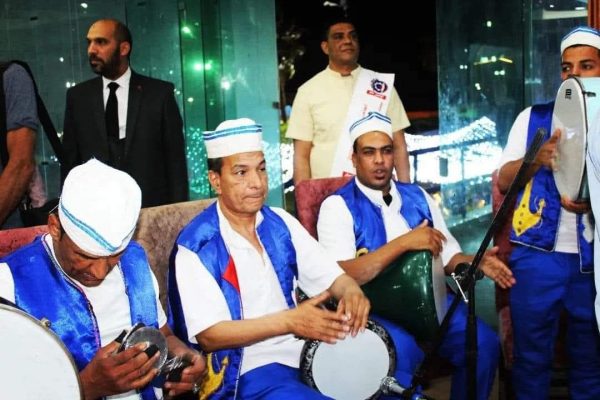
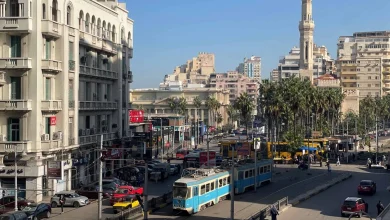
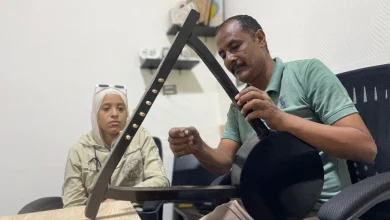
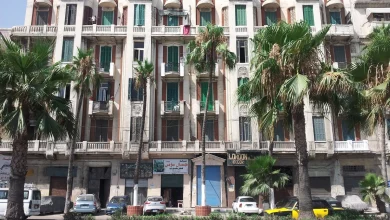
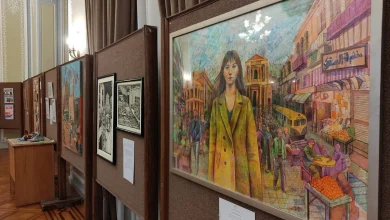
Hi, this is a comment.
To get started with moderating, editing, and deleting comments, please visit the Comments screen in the dashboard.